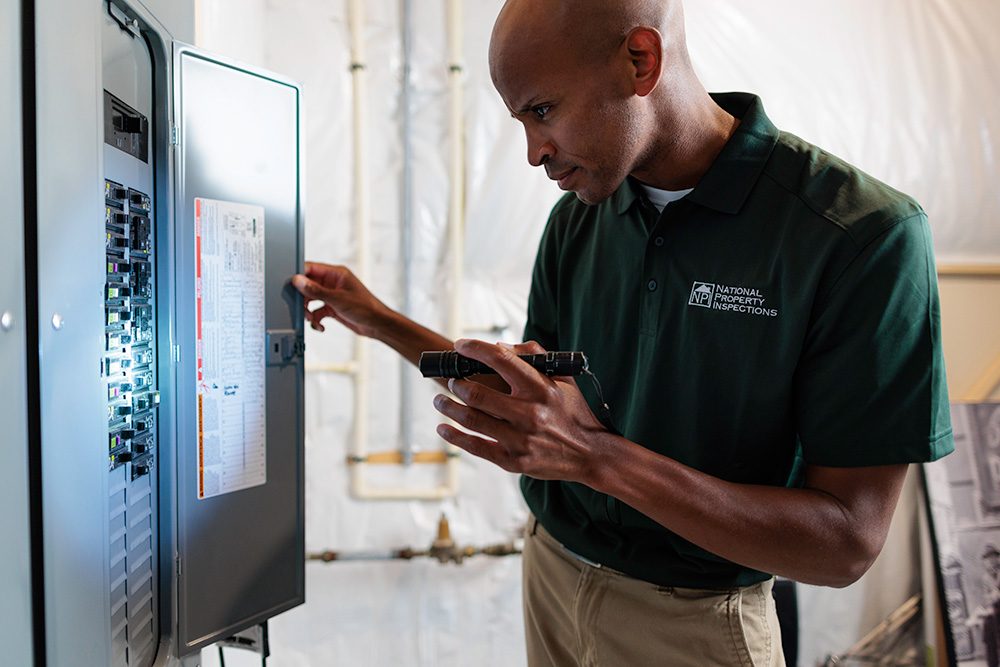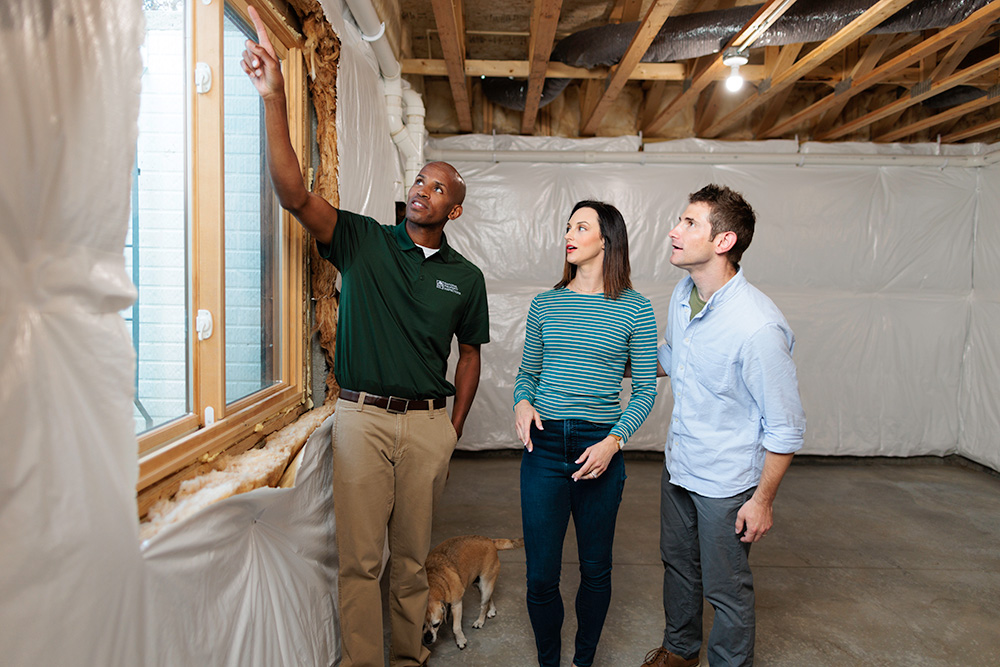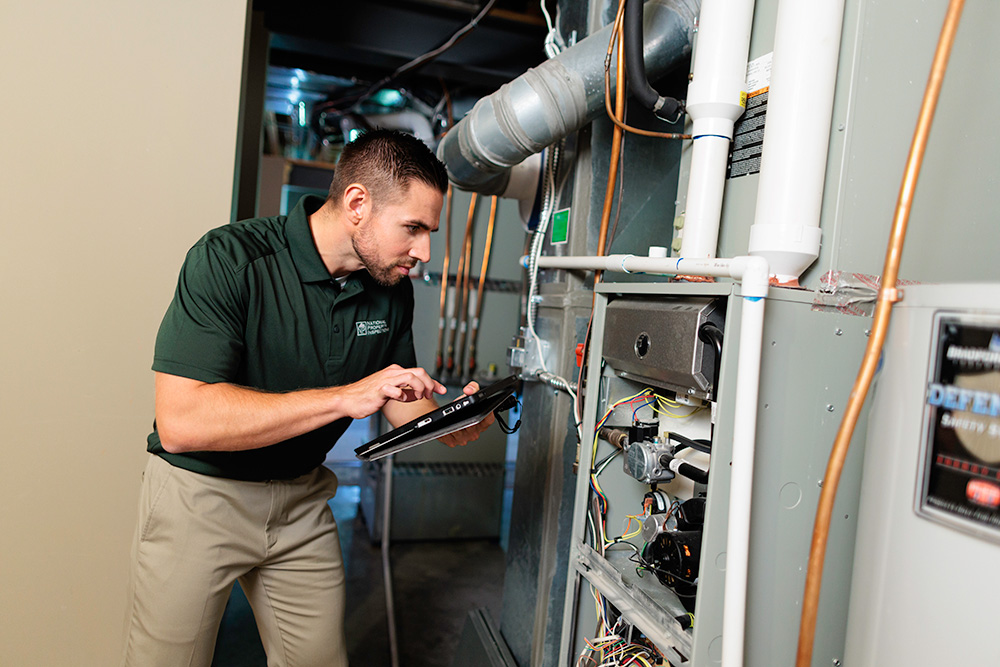Our Services
Premier Home Inspections & Commercial Property Inspections in Tri-Cities, Tennessee
Proudly Providing Inspection Services for Johnson City, Kingsport, Bristol, Elizabethton, Harrogate, Blaine, Greeneville, Morristown, and Surrounding Areas
When it comes to buying or selling a property, making informed decisions is crucial. Our comprehensive home inspection and commercial property inspection services provide you with the insights you need to confidently navigate the real estate market.
With years of experience and a commitment to excellence, we deliver detailed inspections that ensure the safety, functionality, and value of your property.
Explore our types of home, commercial, and ancillary inspections on this page or click the button below to book your inspection now.
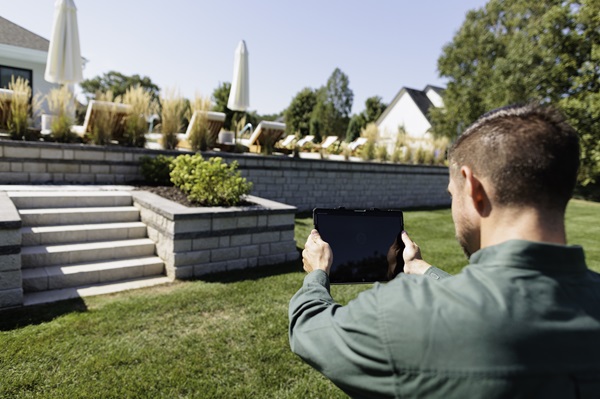
Home Inspections
Don’t leave your new home’s safety and value to chance. Contact us today to schedule your inspection and take the first step toward making informed decisions about your property.
Explore Buyer's Inspections
Before you close on your new home, an NPI homebuyer’s inspection sheds light on hundreds of your home’s components.
Explore Pre-Listing Inspections
Getting a pre-listing inspection before your home hits the market can help your house sell faster and save you money.
Explore All Home Inspections
From employee relocation to condo inspections, NPI is your preferred choice for single-family home inspections.
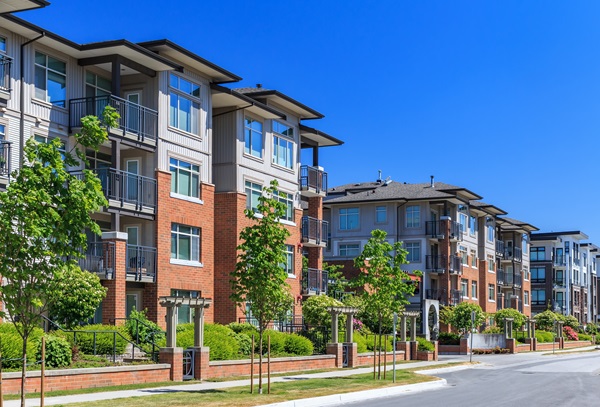
Commercial Property Inspections
Whether you’re a building owner, property manager, leasing agent, lender, or tenant, a commercial property inspection can provide a thorough and accurate assessment of your building and assist you in making the best possible decisions. Book with NPI to maximize your investment, minimize risk, and lock in the most lucrative loan package.
- Apartment & Multi-Family Buildings
- Commercial Draw Inspections
- Warehouses & Light Industrial
- Retail & Office Spaces
- Special Purpose Facilities
- Hotels
- Restaurants
- Triple Net Lease Inspections
Ancillary & Add-On Inspection Services
In addition to our standard comprehensive property inspections, we offer a versatile range of add-ons to suit your property’s unique features.
- Radon Testing
As the second leading cause of lung cancer, radon is a colorless, odorless gas that can enter your home through your foundation.
- Sewer Scopes
Sewer lines are among the most expensive home repairs. We’ll make sure your sewer line is undamaged and free of blockages.
- Mold Testing
Your inspector can collect samples from your home and send them to a lab for professional analysis to determine the presence of mold.
- Termite Inspections (WDO)
Termites and other wood-destroying organisms can cause catastrophic damage to your home’s structure if left untreated.
- Infrared Imaging
An infrared camera can identify thermal spots behind walls and ceilings to identify potential issues that aren’t visible to the naked eye.
- Pool & Spa Inspections
NPI can perform an inspection to determine the functionality of components such as the pump, filter, heater, and electrical wiring.
- Chimney Inspections
Your NPI inspector can check for creosote buildup, which is highly combustible and can cause chimney fires if left untreated.
- Indoor Air Testing
Poor indoor air quality has the potential to cause increased allergy symptoms, asthma, nausea, headaches, and fatigue.
- Wind Mitigation Inspections
With a wind mitigation inspection, our inspector will document key components that your insurance company requires.
- Four-Point Inspections
Your NPI inspector will report on the 4 areas of interest for your insurance company: roof, HVAC, electrical system, and plumbing.
- Lead Paint Testing
Lead-based paint is still present in millions of homes across North America. We can test your home for this hazardous material.
- Asbestos Testing
Asbestos has been found in over 3,000 household products, including HVAC insulation, floor tiles, siding, and drywall.
- Cost Segregation Studies
Cost segregation is a tax savings tool that commercial property owners can use to reduce their income tax liabilities.
- Water Quality Testing
Your NPI inspector will collect water samples and send them to a lab to test for Coliform bacteria, radon, and more.
- Repair Estimate Reports
Based on your inspection report, this tool can take the guesswork out of what needs done, who to hire, and the cost of repairs.
- Home Energy Reports
Our home energy assessment gives you a custom dashboard with information on how to upgrade your home and save money.
- Sprinkler Inspections
An NPI irrigation inspection covers every visible component of your lawn sprinkler system to determine functionality.
- Floor Plans
Understand the dimensions of your new home to help with furniture placement and future home improvement projects.
NPI is Tri-Cities's #1 Choice for Inspection Services
Since 1987, National Property Inspections has been the premier provider of home inspections and commercial property inspections throughout North America. Here are just a few reasons you should choose NPI for all of your inspection needs:
- Experienced Inspectors: Our team of certified professionals has the most experience in the industry. We understand what to look for and how to provide accurate assessments of any property.
- Thorough Inspections & Detailed Reports: From the roof to the foundation, our inspectors examine every aspect of the property, identifying potential issues that could affect its safety or value. After the inspection, you'll receive a comprehensive digital report that includes photos, descriptions, and recommendations. Our clear, easy-to-understand format empowers you to make the best decisions for your home.
- Leading Tools & Technology: Our inspectors utilize the latest tools and technologies to enhance our inspections. Drones, infrared cameras, sewer scopes, crawlbots, and more allow us to see what others might miss, ensuring a thorough evaluation of your property.
